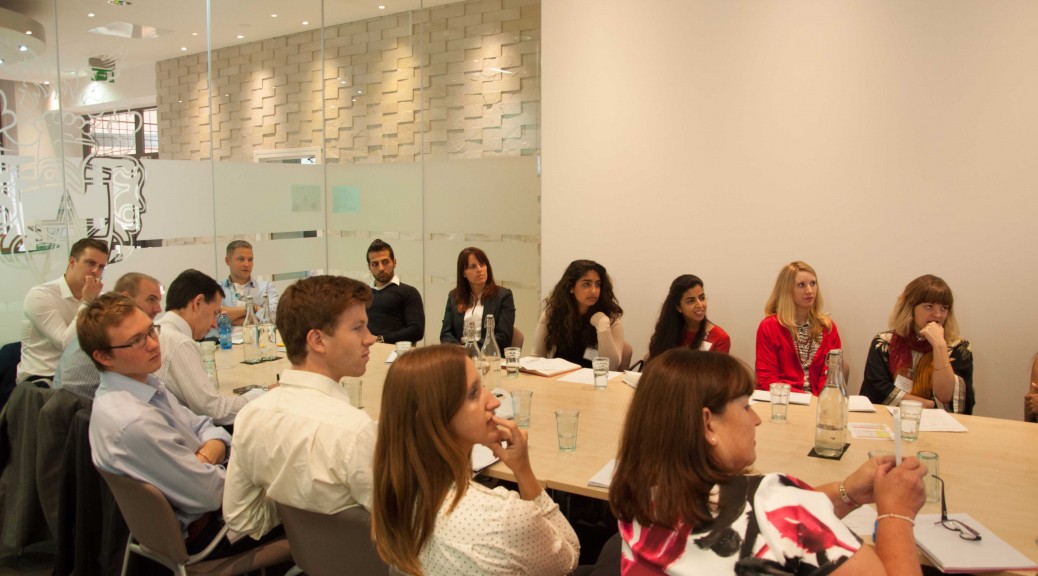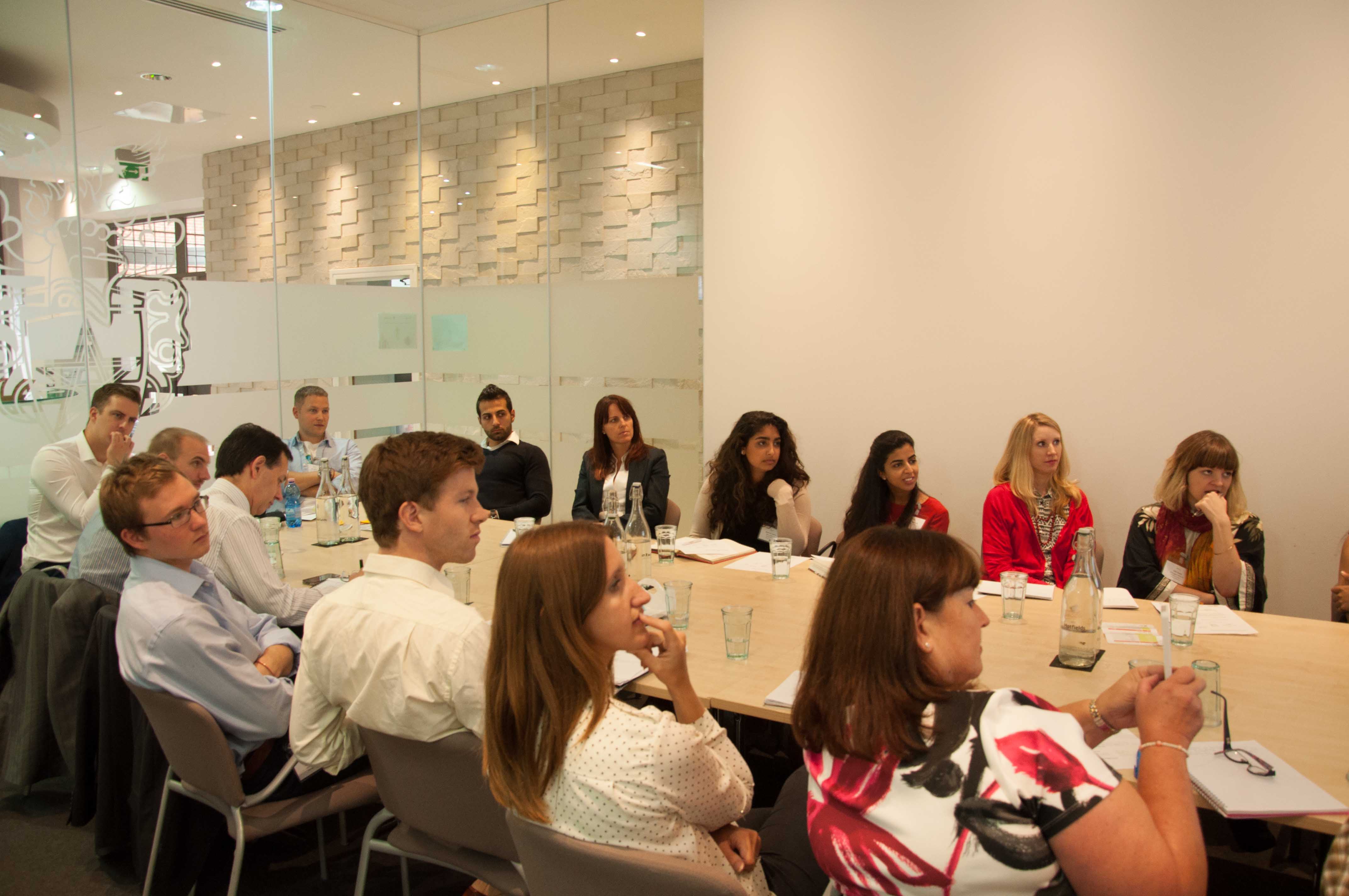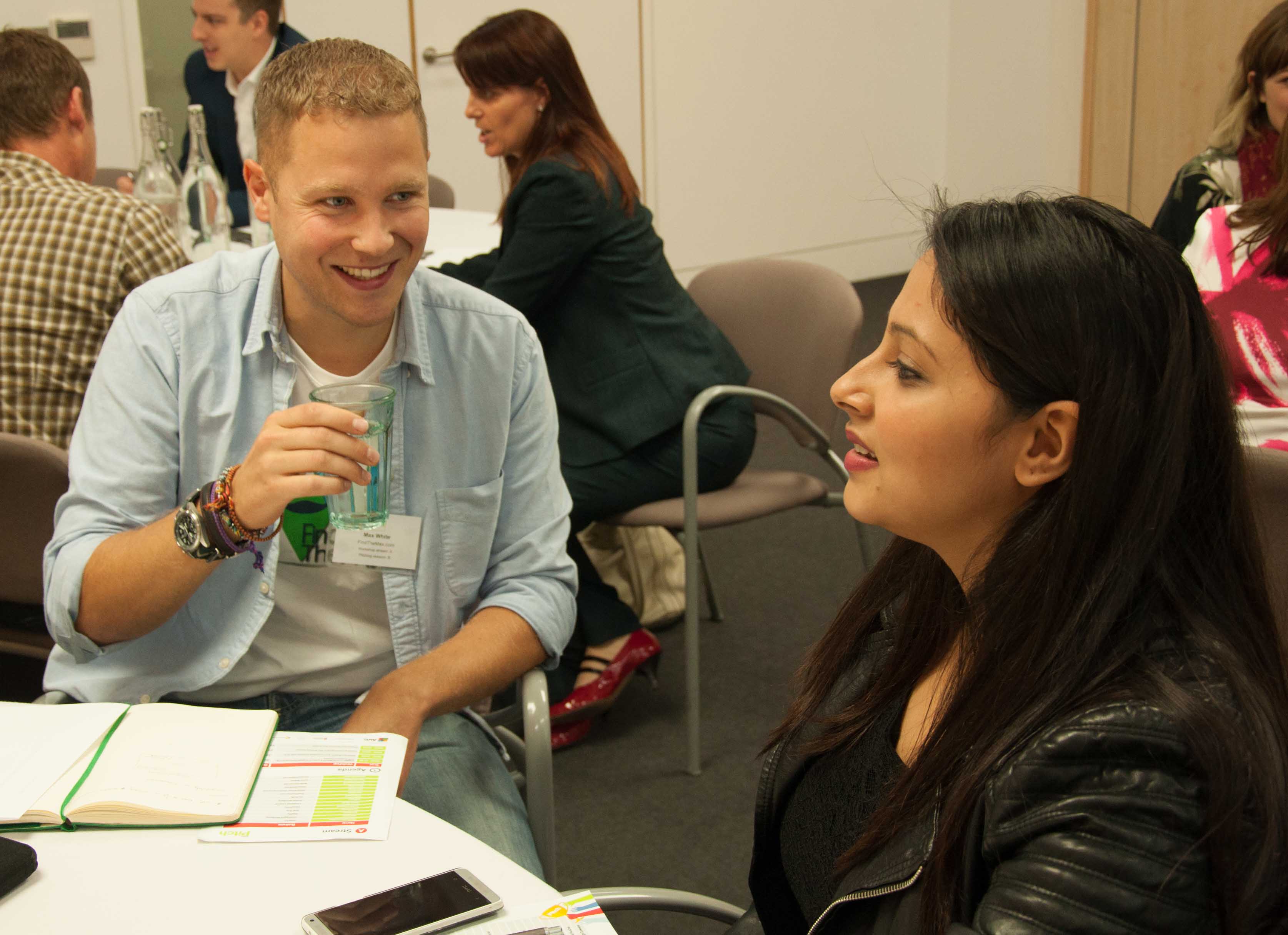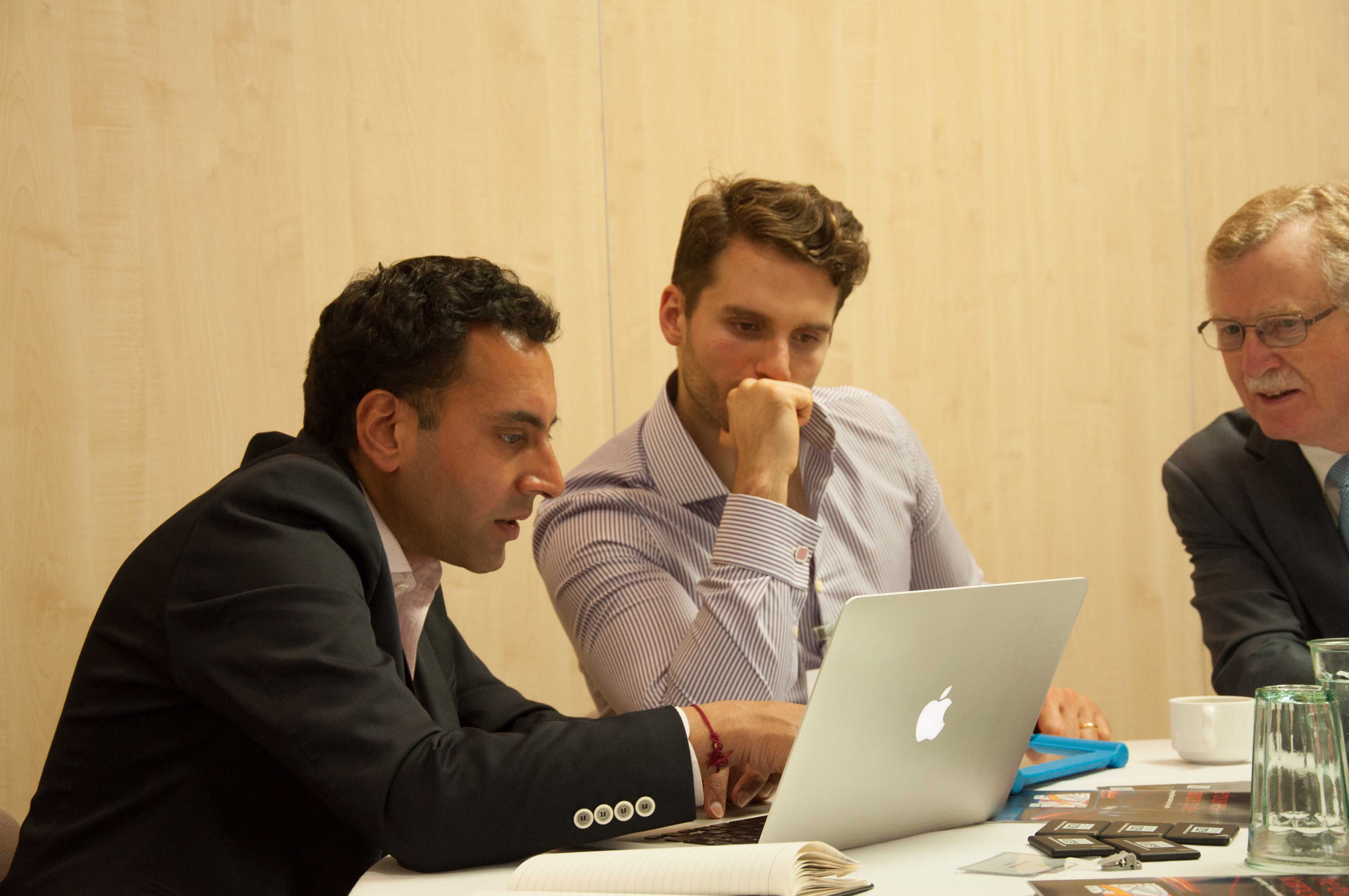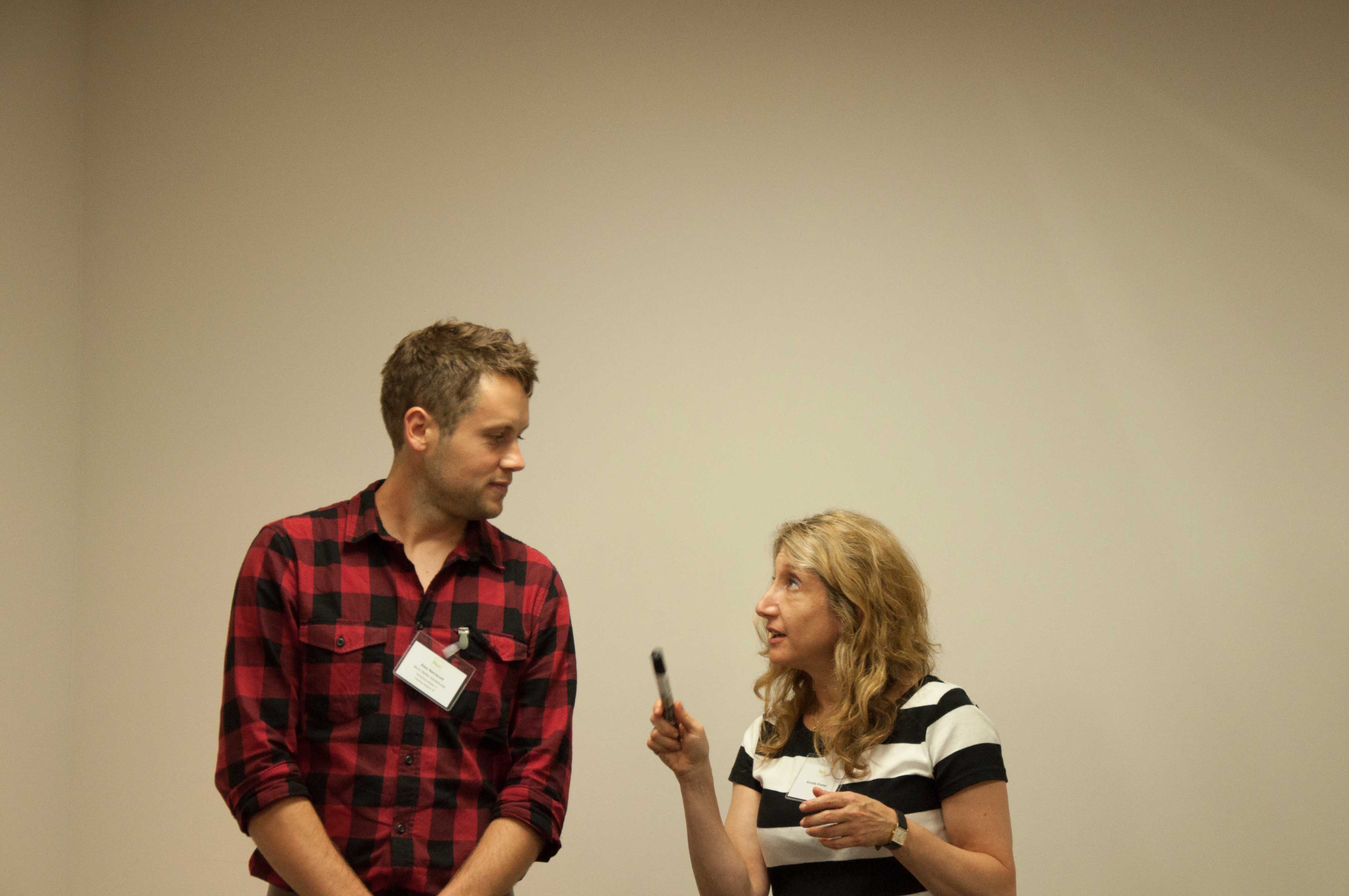“Bring your own device†has become increasingly common in the workplace as employees use their own tablets and phones for work-related activities, and their own laptops from home or the local Starbucks. Increasingly the lines are blurred with regards to privacy and questions of data ownership.
A recently passed California law has perhaps shown the way that the future holds. Little commented on when passed in August, this law has real-world implications and may have many ramifications with regard to privacy, security and data. (See ruling here)
In Colin Cochran v. Schwan’s Home Service, Inc., the California Court of Appeals in August reversed a Superior Court in Los Angeles County and ruled that “when employees must use their personal cell phones for work-related calls, Labor Code section 2802 requires the employer to reimburse them.”
The Order points out the purpose of the California Statute is “to prevent employers from passing their operating expenses on to their employees.” Specifically, it notes the following:
Pursuant to section 2802, subdivision (a), “an employer shall indemnify his or her employee for all necessary expenditures or losses incurred by the employee in direct consequence of the discharge of his or her duties, or of his or her obedience to the directions of the employer.”
The key question in the case was this:
Does an employer always have to reimburse an employee for the reasonable expense of the mandatory use of a personal cell phone, or is the reimbursement obligation limited to the situation in which the employee incurred an extra expense that he or she would not have otherwise incurred absent the job?
The Court’s answer was “that reimbursement is always required. Otherwise, the employer would receive a windfall because it would be passing its operating expenses onto the employee.” The Court ruled as follows:
Thus, to be in compliance with section 2802, the employer must pay some reasonable percentage of the employee’s cell phone bill. Because of the differences in cell phone plans and [work]-related scenarios, the calculation of reimbursement must be left to the trial court and parties in each particular case.
Time of course will tell how the expenses of purchase, maintenance and usage of employee-owned tablets, laptops, and home computers used for business are impacted by courts that follow the ruling in this case.
The court’s opinion is limited to reimbursement under California law. It doesn’t specifically mention privacy. I’d hate to speculate on any legal matter, but one can naturally wonder that if an employer must now pay for certain usage of devices, then is that employer entitled to all the information on that device?
To put it plainly, if the employer is paying for your tablet, does the employer get to look at all your emails and contact information? Who owns the data and intellectual copyright?
These questions no doubt will be settled as more cases come to court. But we’ve seen that when it comes to technology, legal precedent often lags behind technology.
In the meantime, it’s essential for businesses to have clear agreements, notices and policies, including a BYOD policy. See AVG’s eBook on BYOD for a good overview on the benefits, issues, risks and how to better protect your company’s data in the BYOD world.
![]()
![]()
